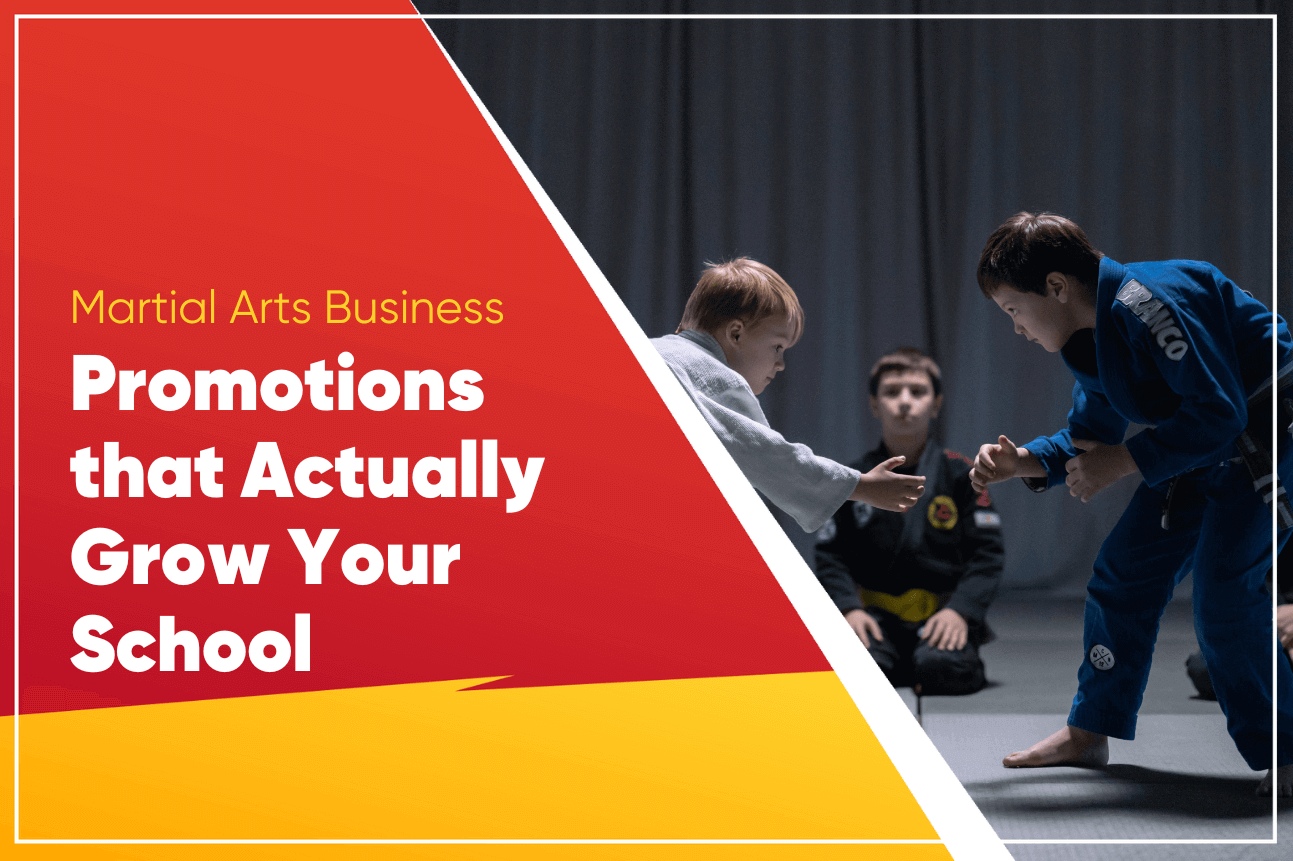How to Create a Positive Culture in Your Martial Arts School

In both healthy and tough economic times, there’s one retention strategy that never fails to help your bottom line in a big way: fostering a positive martial arts school culture.
Building such a culture isn’t so straightforward, however. It takes more than setting policies or talking to people. It takes a lot of doing, a lot of targeted positive feedback, and broad changes to the way you introduce people into your programs.
In this article, we’ll explore the key principles of building a positive culture in your martial arts school.
Model the Culture You Want
A positive culture begins with you, the owner or head instructor. You cannot ask your students to act or have an attitude that you yourself do not embody.
If you want your students to be welcoming, you need to greet as many new members and leads at the door as you can. If you want your student body to be helpful, ensure that you never ignore or dismiss anyone, of any rank, when they have a question, and go out of your way to see if any students need help before, during, or after classes.
As the leader of your dojo, you set the cultural tone not just by your words and policies, but how you model those values yourself every day. And it never stops, either. I see a lot of masters train their employees up on good customer service and then check out or act differently outside the gym. You must never do this; always be the example you want everyone else in the school to follow, both inside and out the dojo’s walls.
Find & Amplify the Behaviors You Want to See
Teachers are often focused on correcting errors, but the truth is, praising successes and good performances is far more powerful for shaping behaviors and ensuring they continue.
As you go about your daily routine, you’ll see outstanding examples of both staff and students embodying the cultural values you want in your school. Recognize those on the spot, and be specific about what was admirable about it. It’s important that you be as detailed about it as possible, because vague “good job” type verbal feedback runs the risk of being perceived as disingenuous, which can actually have the opposite effect on supporting desired behaviors and attitudes in your dojo.
This especially applies to your staff. It’s easy to see them doing a good job and to leave them alone until you find something to fix. The reality is that this is toxic; humans need more positive reinforcement for what they’re doing right in order to improve, not negative reinforcement for what’s missing. So keep supporting your assistant instructors and other school staff.
Indoctrinate New Students from the Beginning
Talk often and in detail about what you expect from the culture. Your example, and the example of the instructors, is the first and most important part of fostering a positive culture, but it’s not the only part.
Describe how you want students to interact with one another, to be helpful, friendly, encouraging, and accommodating. Start as part of your introduction to your school, and reiterate it as part of your sales pitch. What at first appears to be a benefit of joining turns out to be a little seed in the mind that sets expectations for how new members should conduct themselves, too.
Include Old Students in the Process
The easiest way to get current students to help maintain a positive culture is to get them involved with introducing new students into the culture. You should state that you expect them to be involved, but you can go beyond that and begin to give responsibilities to individual students to help you out.
As the head coach, you have executive decision powers over who gets paired in training, but you also have influence over who mentors whom. A “buddy system” is a great way to make sure a new student is well-taken care of while also reinforcing to both individuals how the culture of the dojo works. Assign more senior members as the point-person of new members, to answer their every question and help them through the class so they’re never lost.
I remember many years ago, as a teenager, I signed up for a Shaolin Kung Fu school. The Sifu immediately paired me with a classmate who had an advanced sash for the duration of the class. In fact, if that classmate wasn’t there when I came into other classes, he would assign me to another advanced sash to help me out through the class.
Encourage Helpfulness
A positive culture is not just friendliness; it’s genuine helpfulness, a willingness of other members to invest in the learning and improvement of one another.
Martial arts schools have an almost universal problem with strict instruction hierarchies. That means that the head instructor is viewed as the ultimate authority on all issues, and any advice given by anyone else is tentative and not as trustworthy. What happens here is that peers, even peers with a lot of experience, can be hesitant to help other students who are struggling, waiting or preferring to an instructor to do it instead – for fear of contradicting the “proper” way as defined by the instructors.
That fact is, there are multiple “correct” ways to do most things in martial arts, so don’t worry about it. Encourage more senior members to help junior members, and for peers to troubleshoot and work together to figure things out.
This works better for expanding classes, too, where it’s simply not possible for an instructor to correct or give feedback on every exercise that each individual student engages in throughout the course of class. But the main benefit is, nobody sits around and just watches classmates struggle.
Conclusion
In times of feast and famine, there’s no greater business lever you can pull to help your business’s health than increasing your retention rate and slashing your attrition rate. Building a positive culture takes a lot of work on your part, but if you follow these principles, you can build one too:
- Model the Culture You Want
- Find & Amplify Desired Behaviors
- Indoctrinate New Students from the Beginning
- Include Old Students in the Onboarding Process
- Encourage Helpfulness
It takes awhile to build a social group with its own governing values. Cracking this code will skyrocket your retention and pay dividends as the years draw out.
Gym management software that frees up your time and helps you grow.
Simplified billing, enrollment, student management, and marketing features that help you grow your gym or martial arts school.





